Youth Movement: Palestinian Support Encampments a Flashpoint in Defense of Gaza
Palestinian Support Encampments
a Flashpoint in Defense of Gaza
By the L.A. Public Education Committee
Across our country, university encampments protesting the Israeli Zionist genocide in Gaza have been attacked by administrators, police, and even armed fascist gangs. Student resistance has transformed these camps into flashpoints for two separate but related struggles: the movement to defend the Palestinian people and the struggle of against fascist “homeland security campuses.”
On April 17, 2024, students erected the Gaza Solidarity Encampment of 50 tents at Columbia University in New York. They called on the U.S. government to insist on a cease-fire and demanded that their university

disclose and divest from any investments related to Israeli companies. President Nemat Shafik was at a hearing with leaders of other campuses, where several Republican Congressional representatives demanded harsh action against student mobilizations.
The next day, Shafik complied with these demands by calling on New York police to raid the camp, arresting 100 students. Democratic Mayor Eric Adams supported that attack, claiming students had acted to “violate university policies and disrupt learning.” The students repeatedly rebuilt their camp, only to have it dismantled with more arrests, and only stopping when Shafik allegedly threatened to have the state deploy the National Guard on campus. Their protests and teach-ins continued.
Nevertheless, their movement grew rapidly, as Students For Justice in Palestine, Jewish Voice for Peace, and other groups became flashpoints of a global struggle to get universities to boycott Israel, to disclose and divest from any investments they have in corporations doing business or providing arms to Israel, and to support the call for economic sanctions against the Zionist regime. Those demands are summed up in the English initials BSD.
By May 6, nearly 140 campuses in 45 states had protests and about 40 of them had set up camps. Camps were also organized at many campuses in European countries including Poland and Romania, in Latin American countries such as Mexico, Brazil, and Costa Rica as well as in Indonesia and South Africa.
POLICE, FASCIST VIOLENCE
On April 30, the camp at the University of California Los Angeles (UCLA) was violently attacked by over 100 fascists armed with poles, fireworks, and chemical irritants. Campus security officers stood by, according to students and the Los Angeles Times, as administrators did nothing for three hours until the Los Angeles Police Department and California Highway Patrol arrived. Sixteen campers were injured, but not one of the attackers was detained.
Instead, the next day police violently raided the camp. Local media reported that officers fired rubber bullets at campers and arrested over 200 people. As the student movement spread, so did violence by police attacks on campuses across the United States, and by fascist gangs who attacked camps in Australia and elsewhere. The camps had also become flashpoints in a struggle over the introduction of a new fascist orientation against protesting in higher education.
The intense attacks also generated something new. After police roughed up student workers who belong to the 48,000-strong United Auto Workers Local 4811, the union declared the police treatment to be an unfair labor practice. On May 20, UAW Local 4811 went out on strike, and six of the 10 chapters at University of California campuses had joined the strike by June 10 when a state court ordered a temporary halt.
Meanwhile, campuses barred speakers over this war. The University of Southern California withdrew Asna Tabassum’s right to give the prestigious valedictorian speech at graduation because on social media she had connected to a site which called Zionism a “racist settler-colonial ideology,” and which USC considered to be anti-Semitic. This Palestinian American academic standout could have explained the difference between being against all Jews, which she has declared she is not, and only being against the Israeli government’s genocidal practice of Zionist expansion – which is a political policy opposed by many Jews worldwide, not a religion.
Graduation ceremonies were canceled or re-scheduled at Columbia, UCLA, the University of South Carolina, and elsewhere, claiming that pro-Palestine protesters constituted a threat of anti-Semitic disruption and even violence. That slanderous deception was exposed at the graduations that did occur, where demonstrators stressed that their protests were not against Jews in general. As one observer commented, “these activists made it clear they are actually ‘anti anti-Semitic!’ ”
STUDENTS A THREAT TO CAPITALISTS
Ruling class leaders understand that this student movement threatens interests far beyond the campuses. For example, Palantir is a multi-billion-dollar California corporation supplying the Israeli military with technologies such as artificial intelligence. The activist UCSB scholar William I. Robinson quoted CEO Alex Carp’s comment in May that “College campus protests are not a sideshow. They are the show. If we lose the intellectual battle, we will not be able to deploy any army in the West, ever.”
Professor Robinson concludes that the campus protests “are a direct threat to the interests of the transnational capitalist class, to the military-industrial-security-intelligence complex, and to U.S. foreign policy.” He adds that “The universities now serve as a brain trust for transnational corporate capital. Corporations outsource their research and development to the universities.” Small wonder that on May 7 the White House issued a Fact Sheet announcing, “FBI and DHS have taken steps to expand and deepen engagements with campus law enforcement and others.”
Columbia’s president Shafik is an example of a university administrator serving the transnational capitalist political economy. White supremacy does not completely explain why this Egyptian-born president attacked the Gaza solidarity encampment so brutally. That action also reflects her longtime service to the class that controls finance capital, for whom she has worked as an executive for the World Bank, the International Monetary Fund, and later for the Bank of England.
In the fight to defend Gaza, the best of humanity is rising to confront the worst of humanity, expressed as a clash between those who want the wealth created by society to be used for the good of society and those who commit mass murder to hoard wealth and power. New technology is part of this clash. Governments and corporations use it to kill tens of thousands of innocents. Young revolutionaries use social media to educate students, faculty, and staff. That includes teaching that the fight to defend Palestinians from Zionist aggression is also a class struggle between pro-capitalist governments and militaries and the mainly working-class Palestinians and their allies everywhere.
Campuses are a key site where fighters can gather to study the real nature of this atrocity, sharing what they learn with others in their communities. They are an important part of a social class which is increasingly being disinvested from jobs, homes and life itself and investing in war and brutal cops. The fight to defend Gaza is helping develop this class into a revolutionary force that will eventually end the threat of fascist thugs and the killer capitalists they serve.
Published on June 27, 2024
This article originated in Rally!
P.O. Box 477113 Chicago, IL 60647 rally@lrna.org
Free to reproduce unless otherwise marked.
Please include this message with any reproduction.
Visit Rally
https://lrna.org/lrna-program/

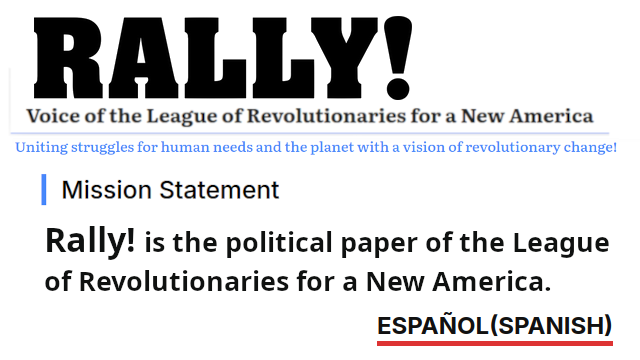
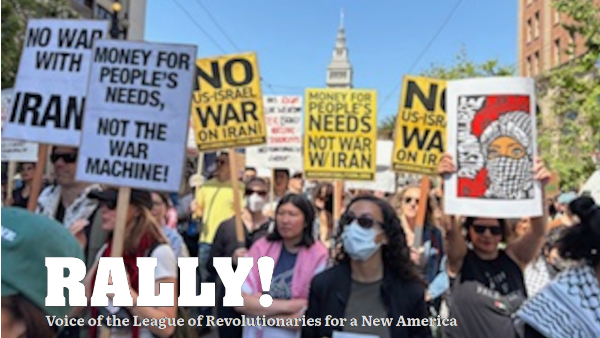

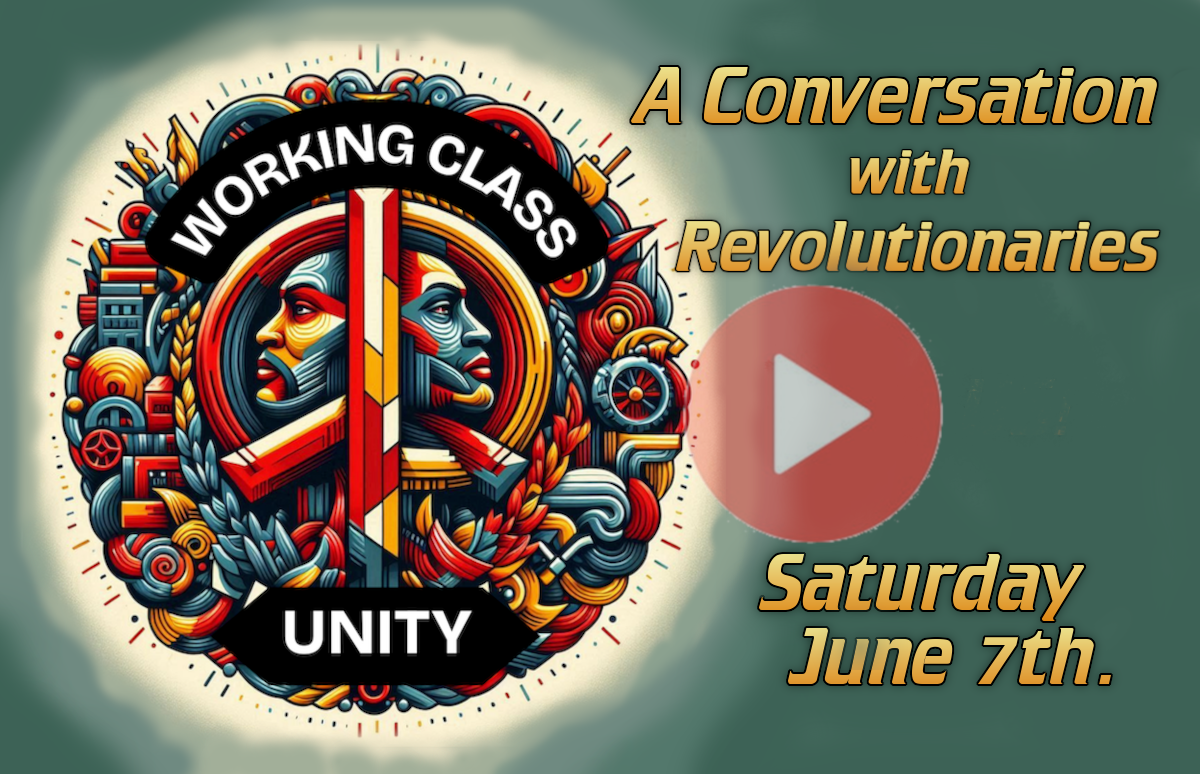




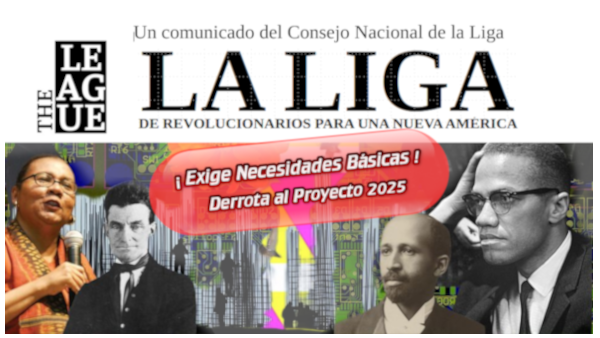
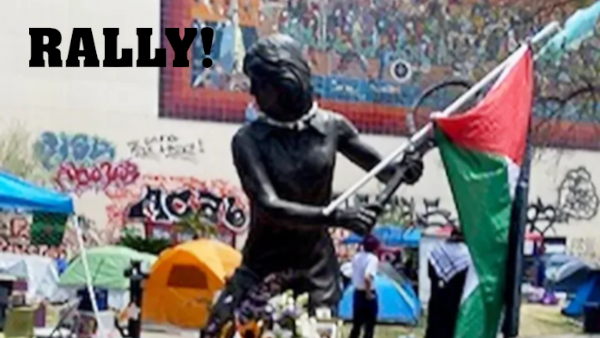
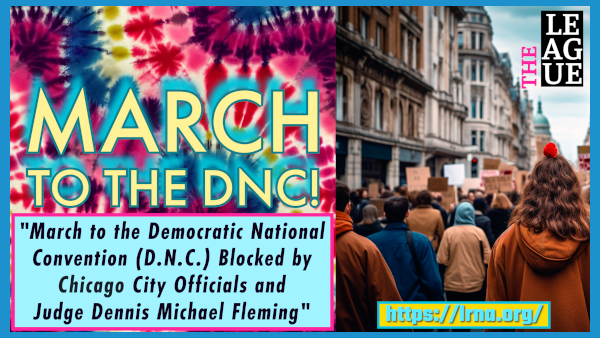

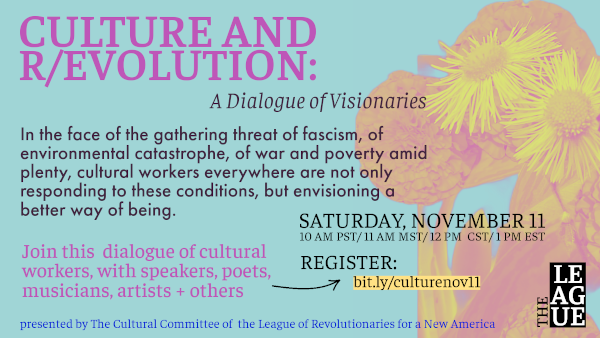


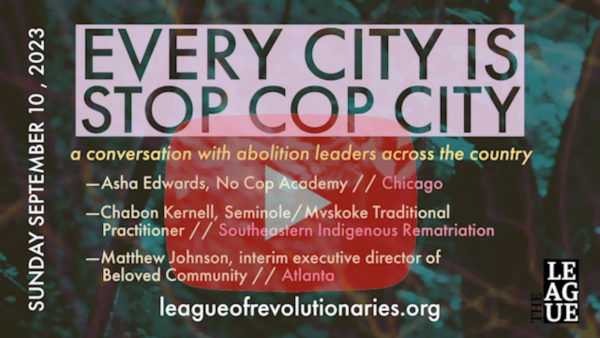

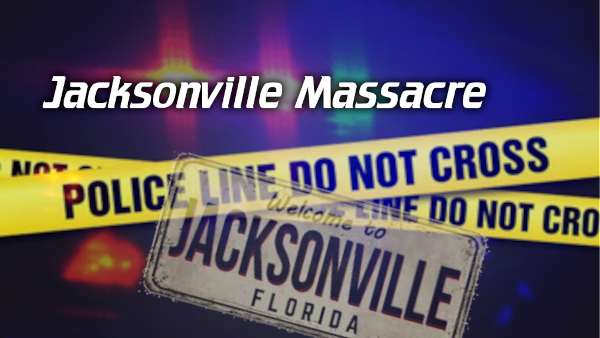

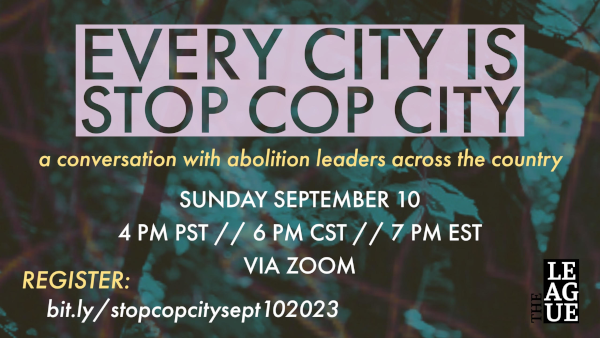

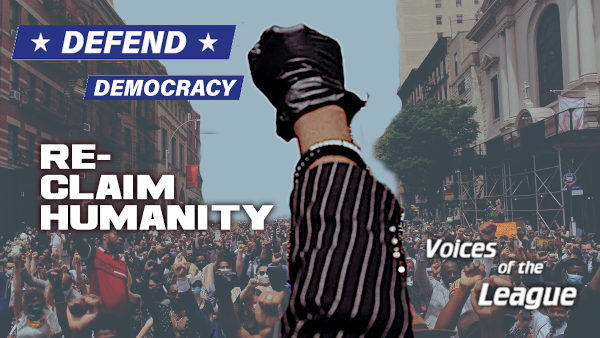


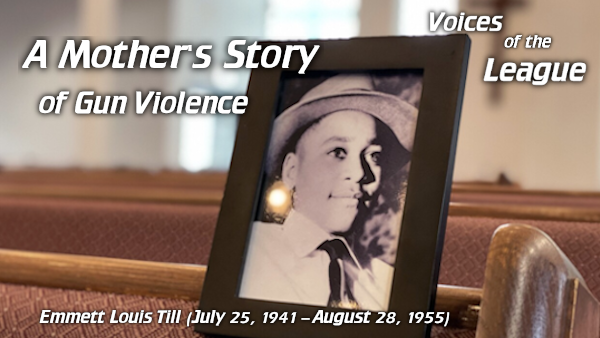

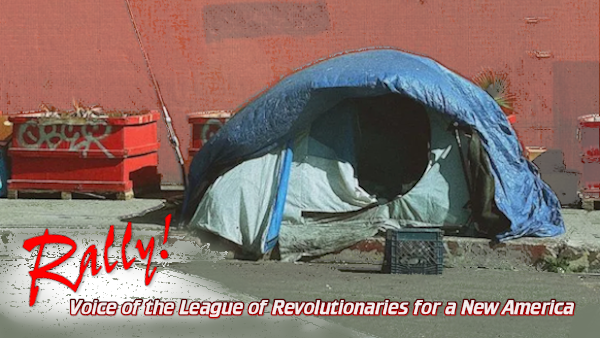
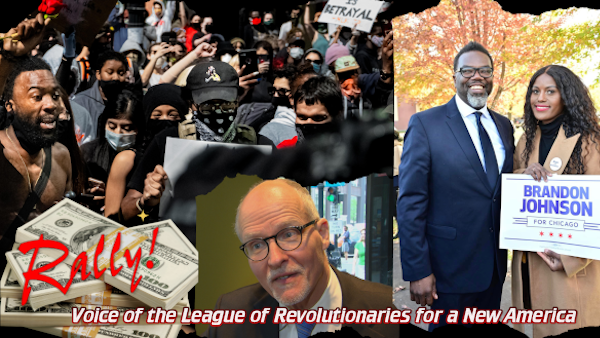

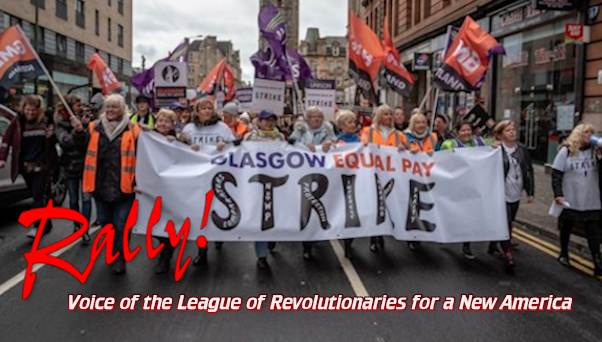

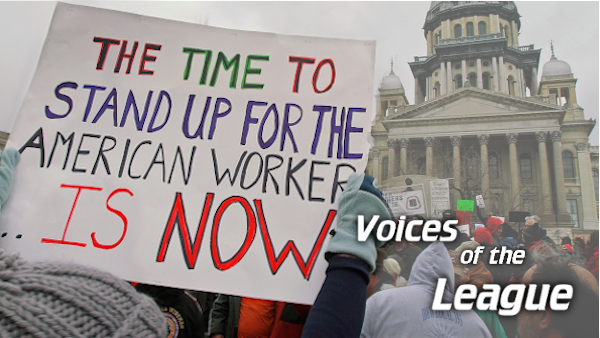
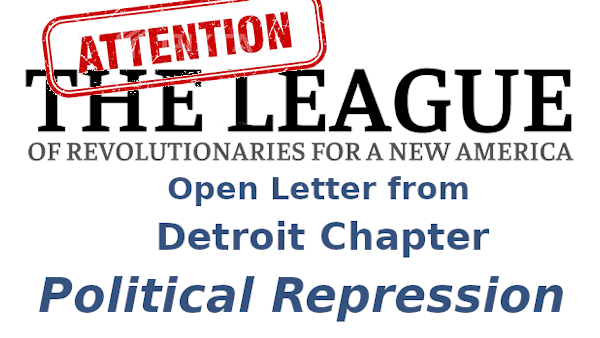

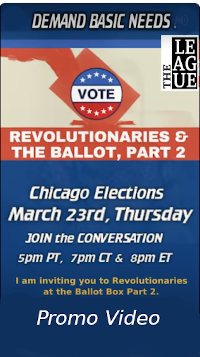
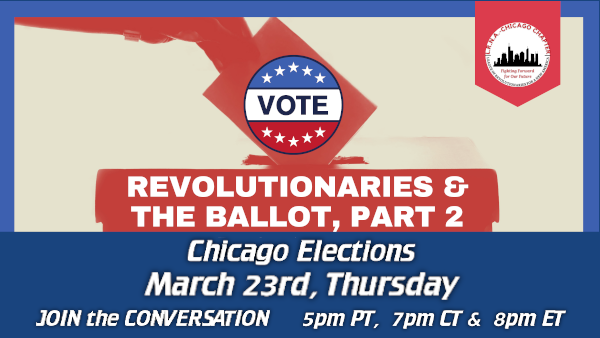
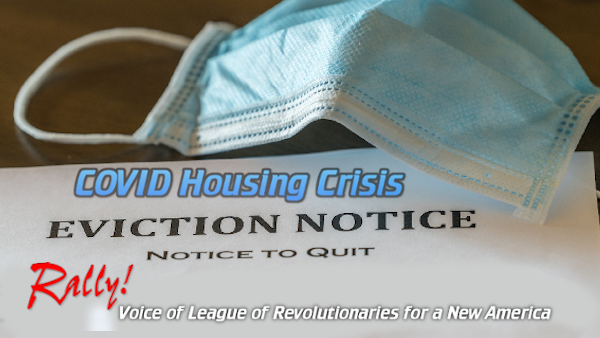
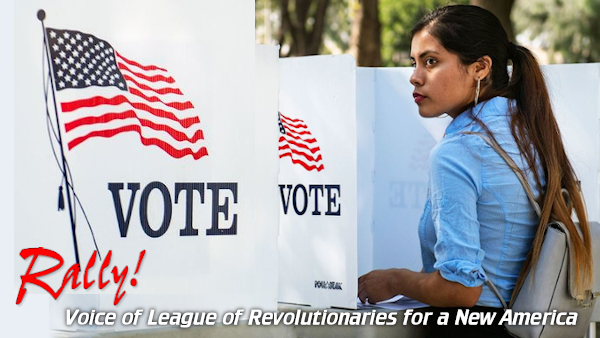
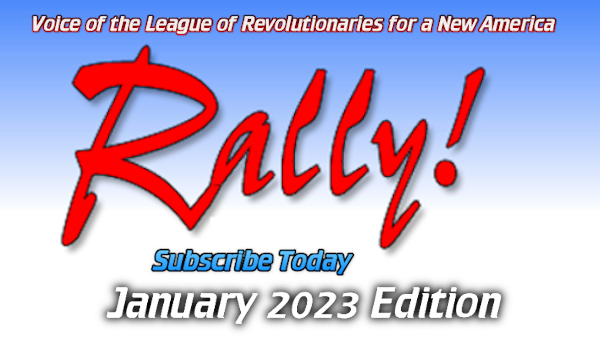

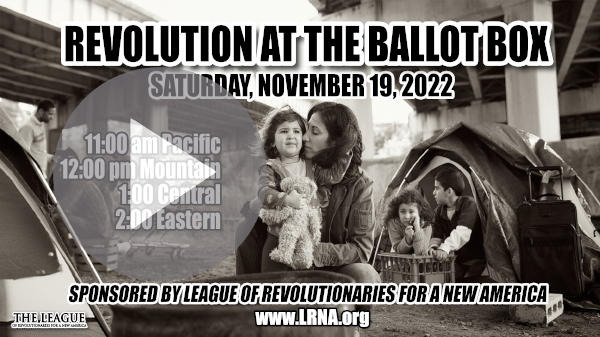
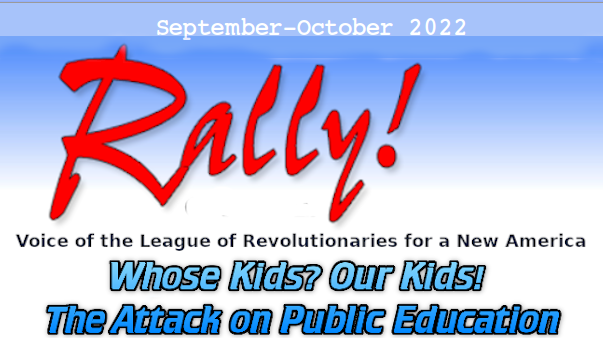
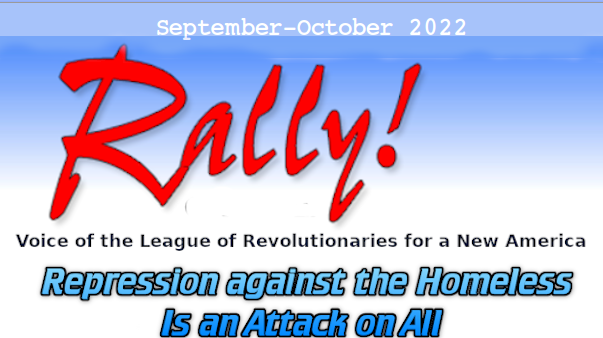
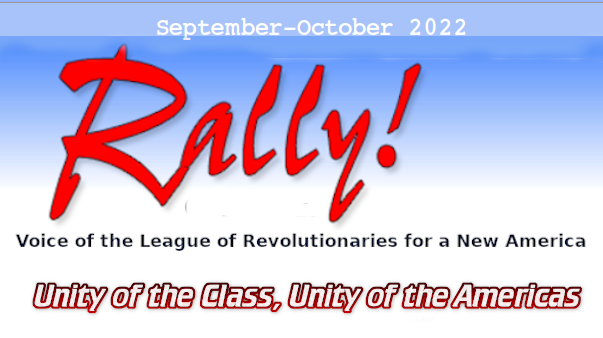
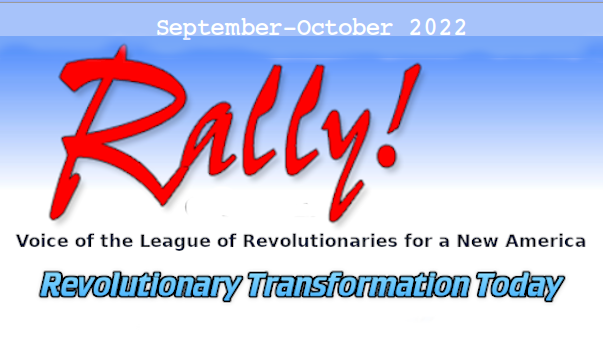
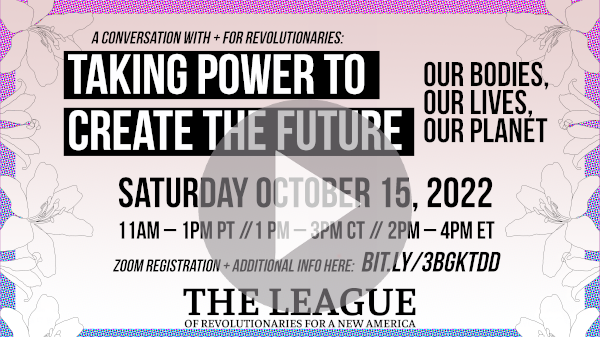

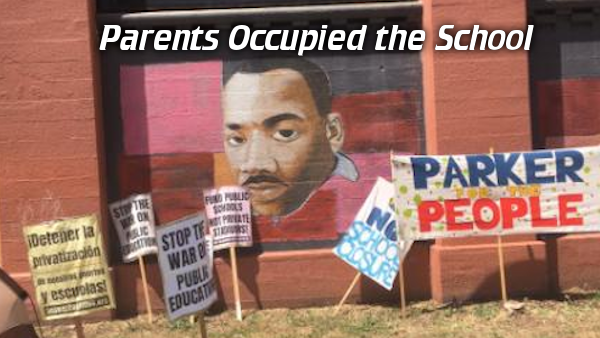
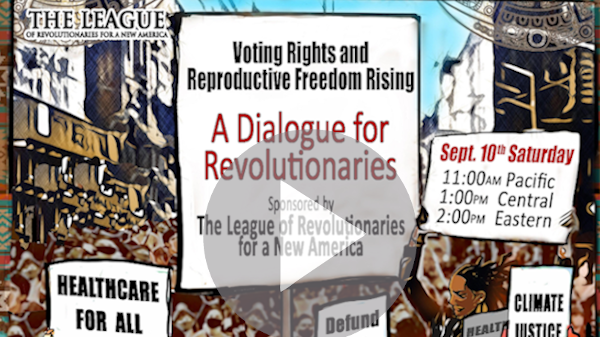
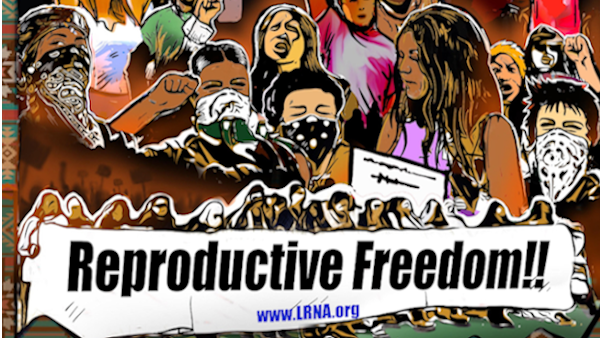
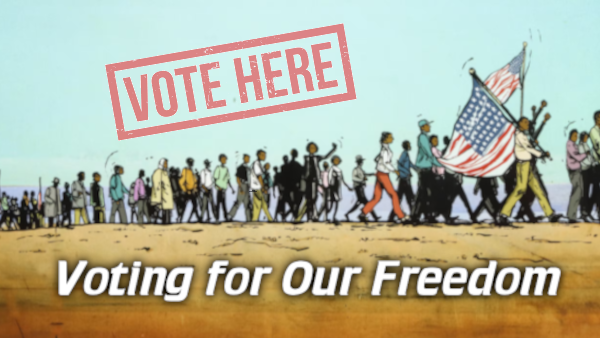
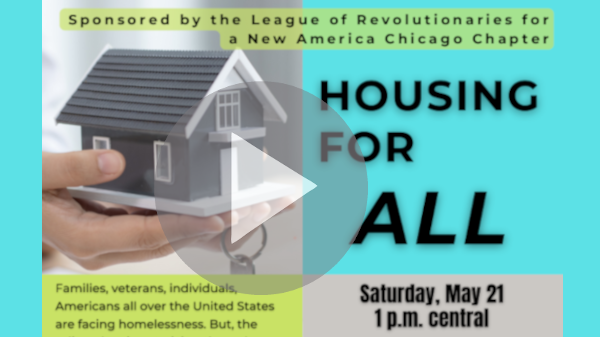
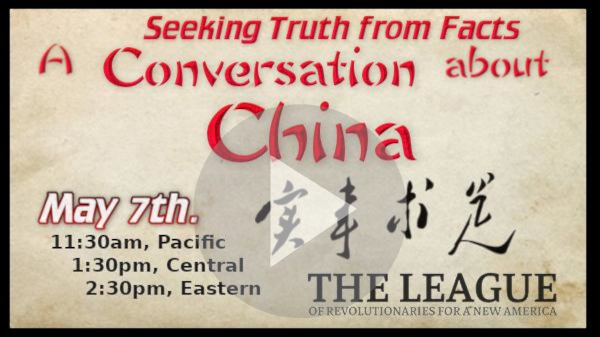
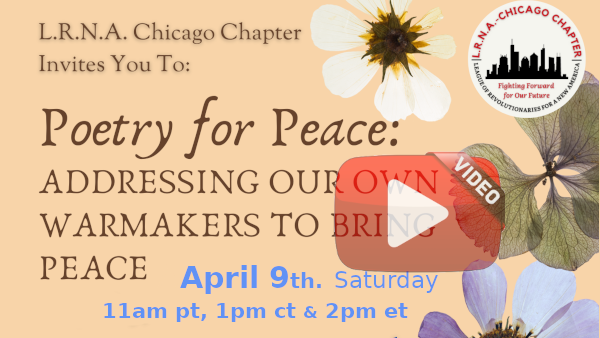
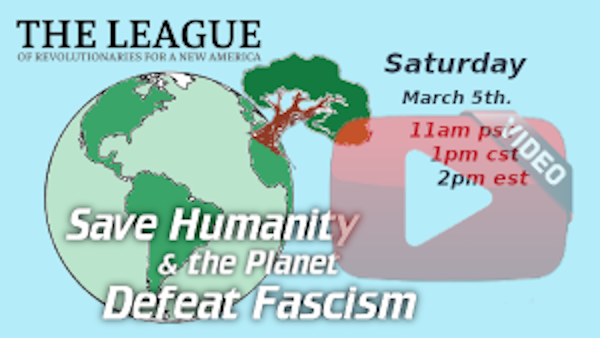


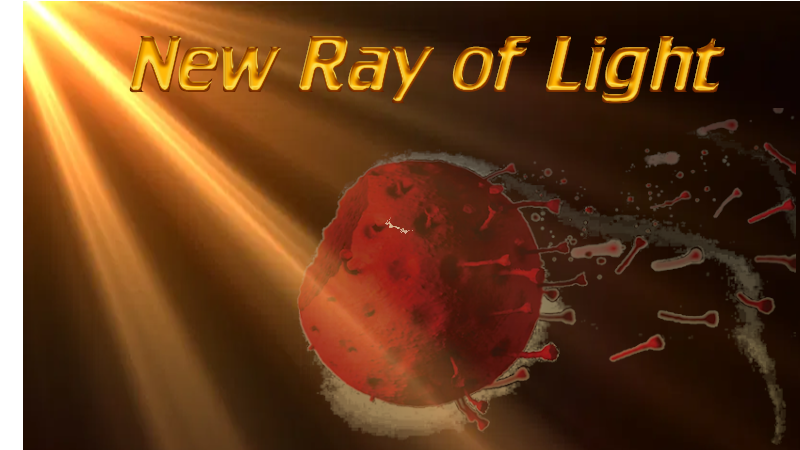

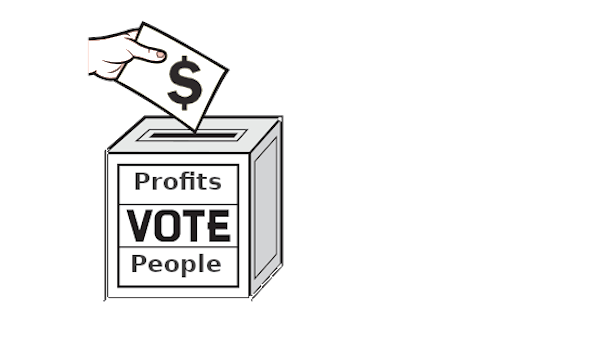
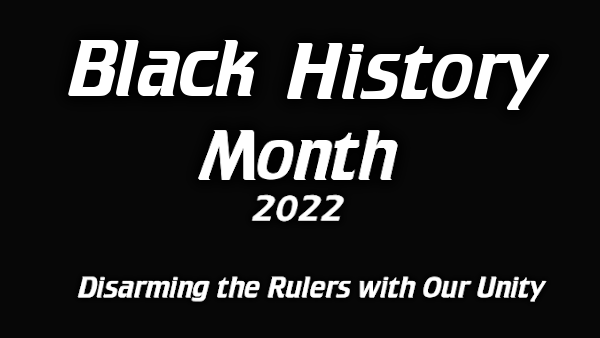

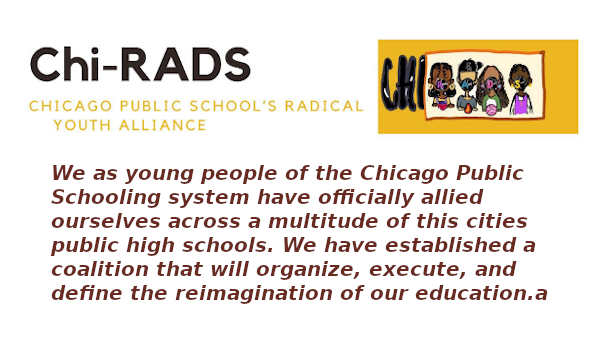

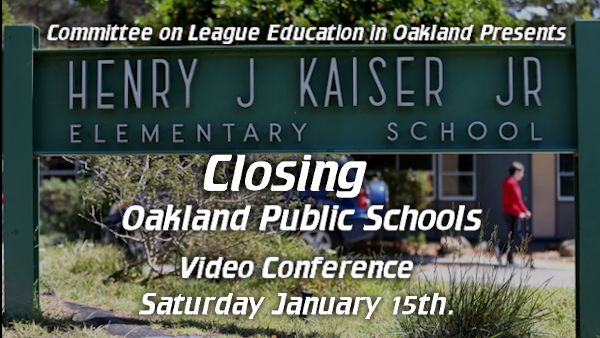
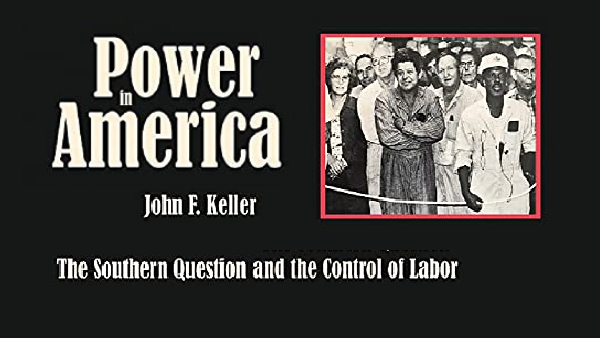

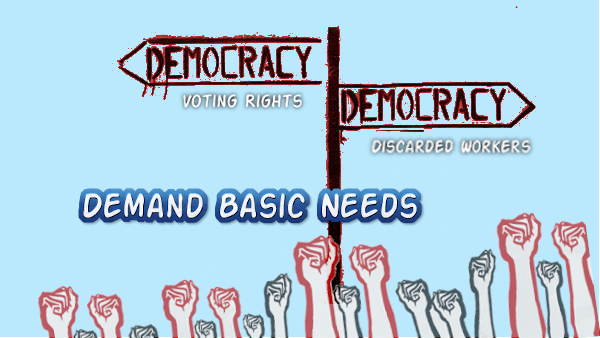
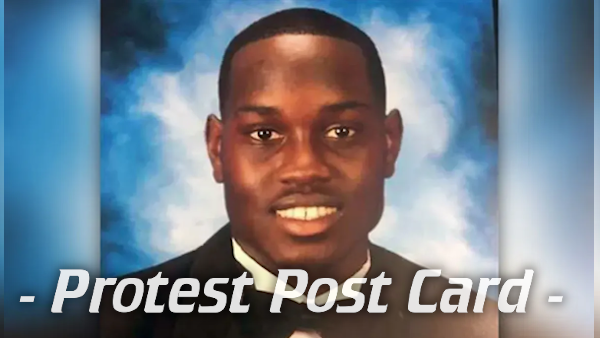
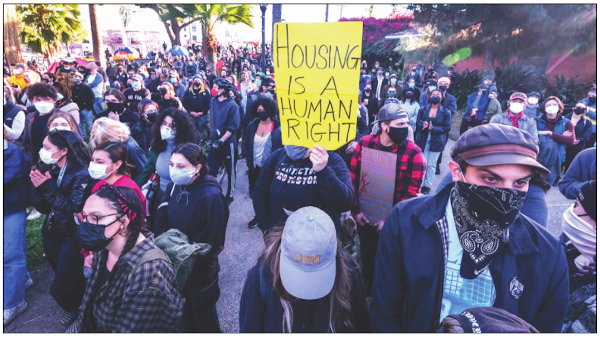
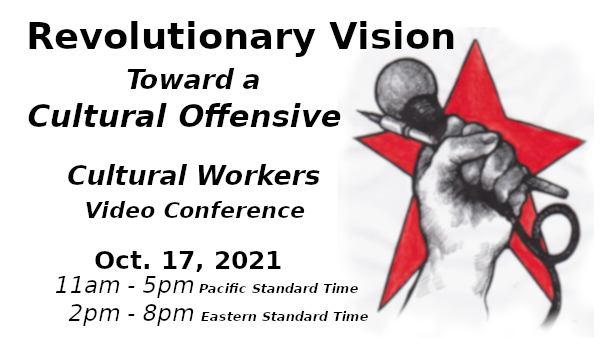
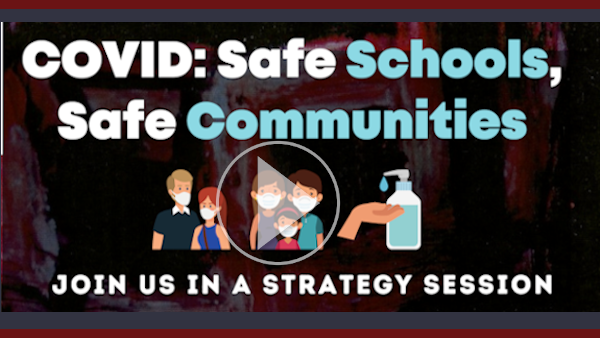

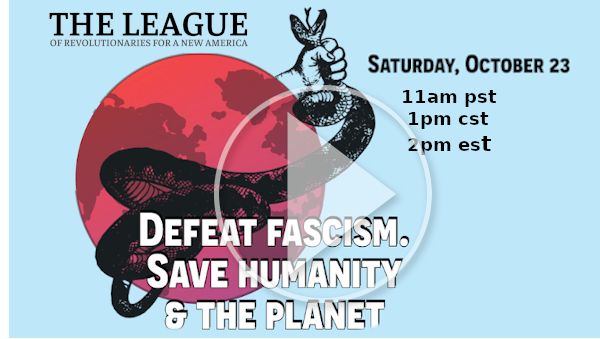
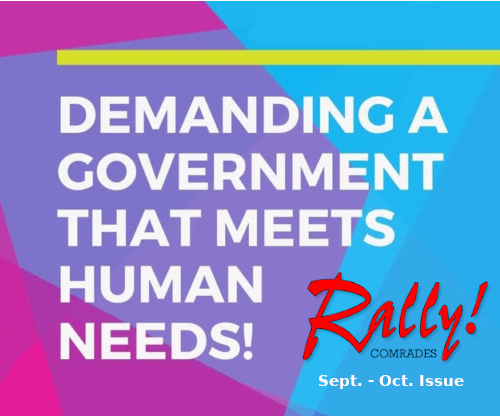
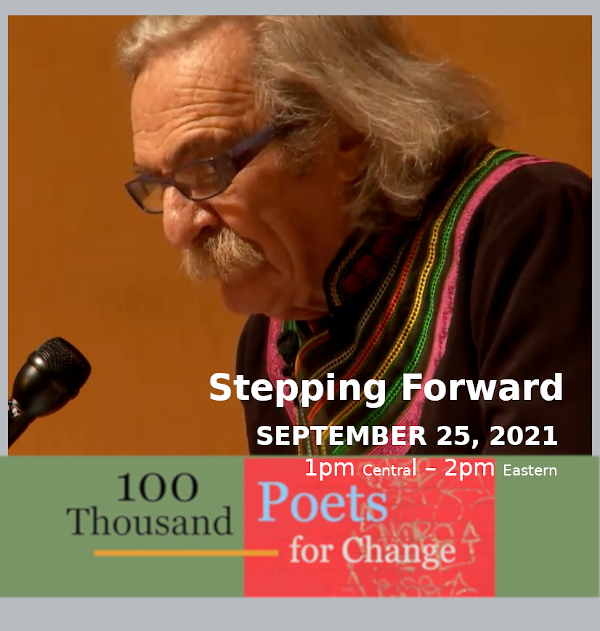
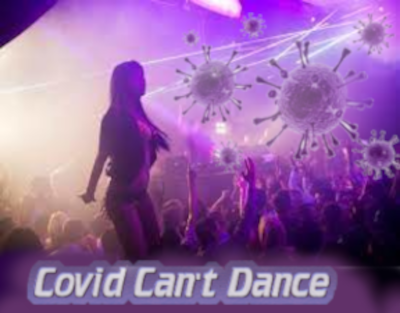
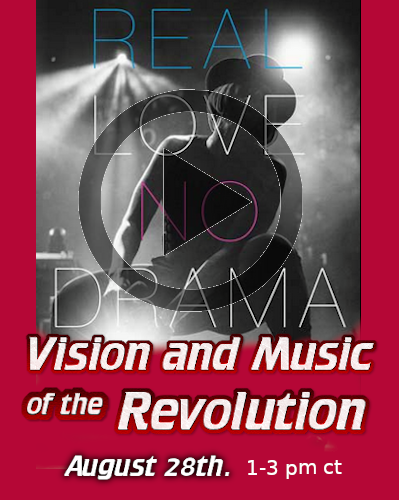
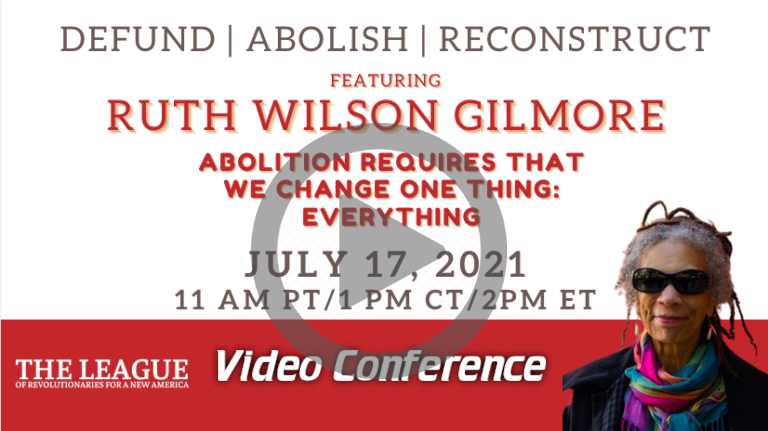

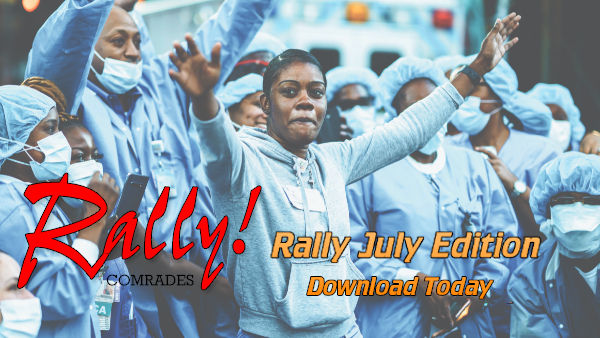
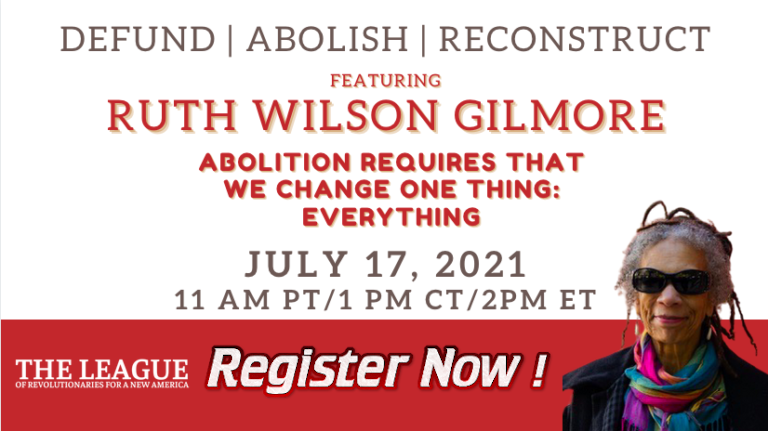
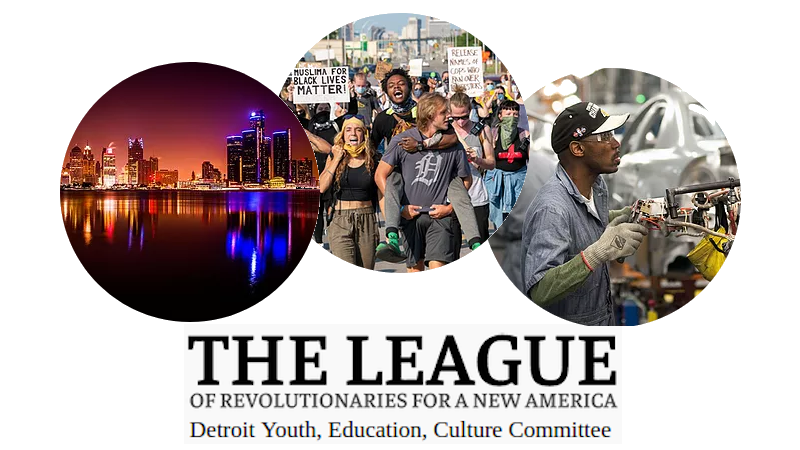

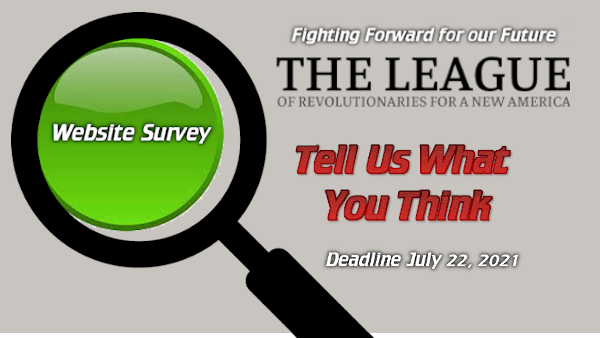
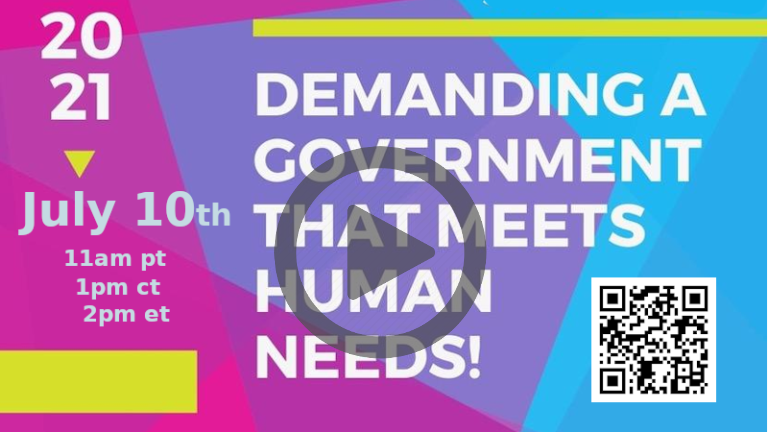
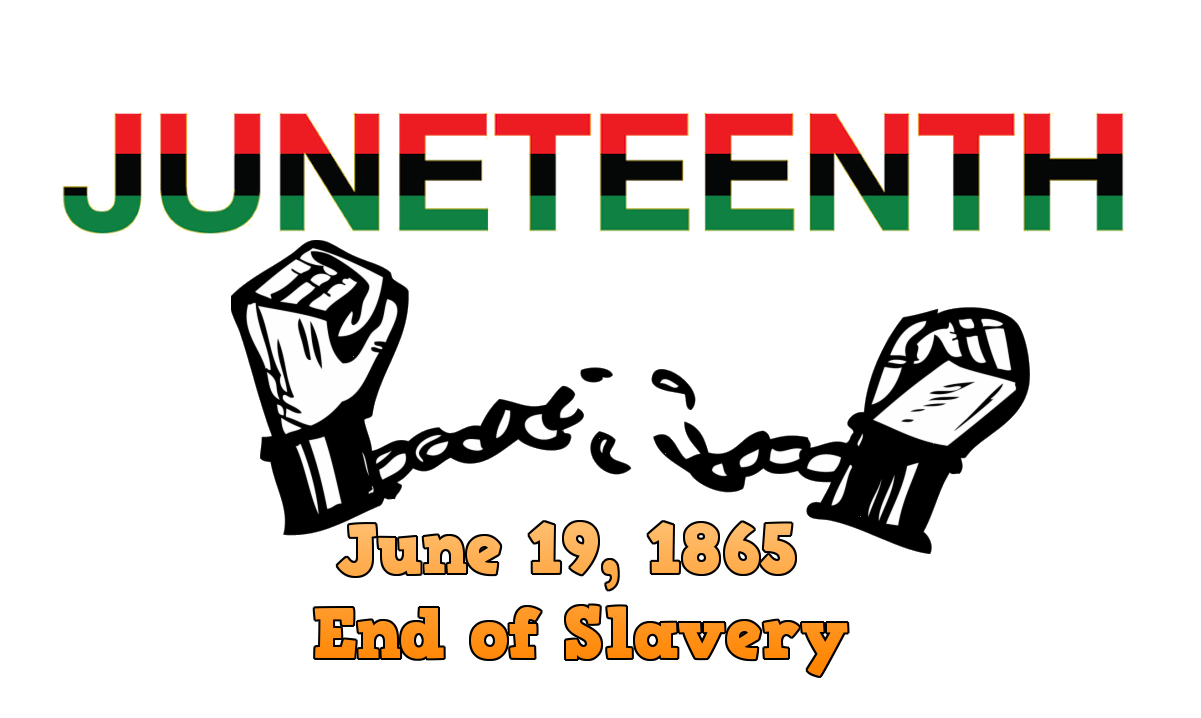

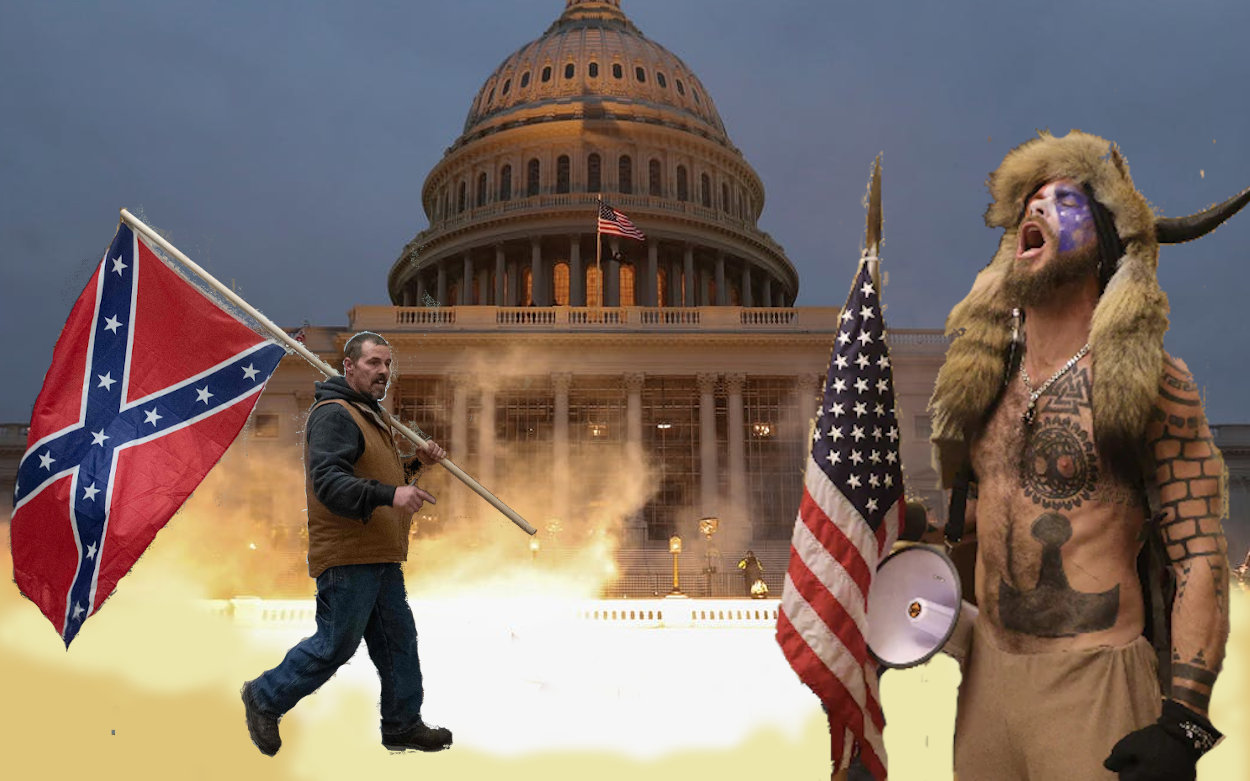
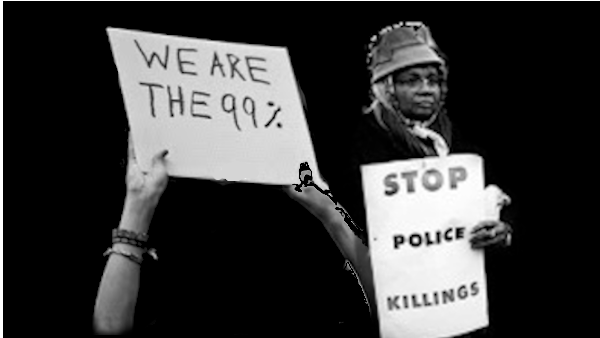
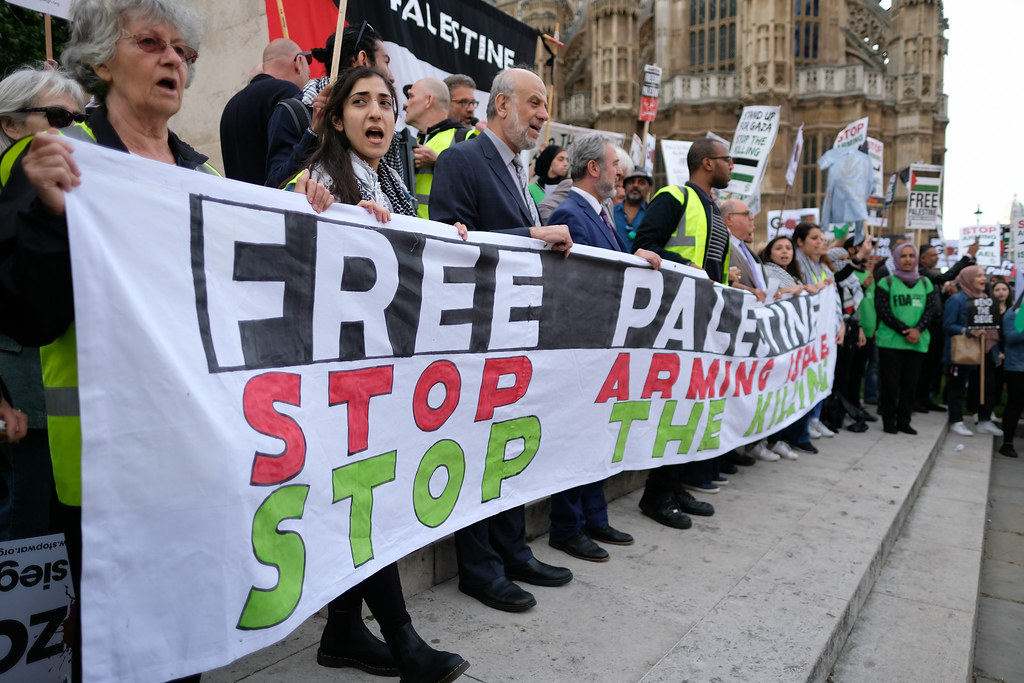



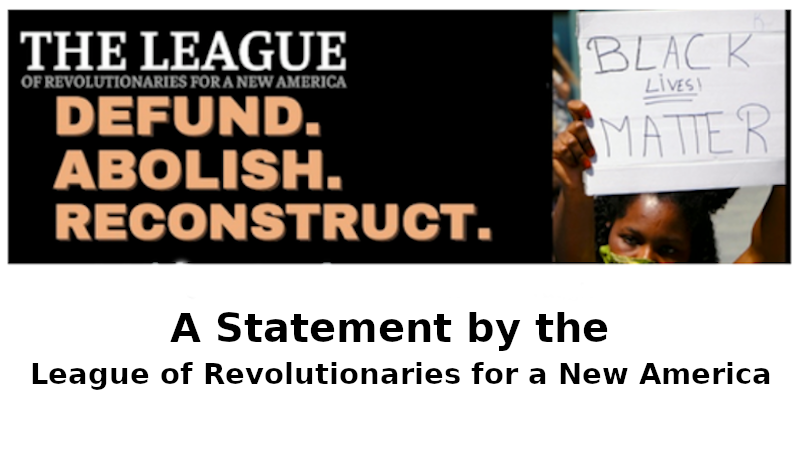
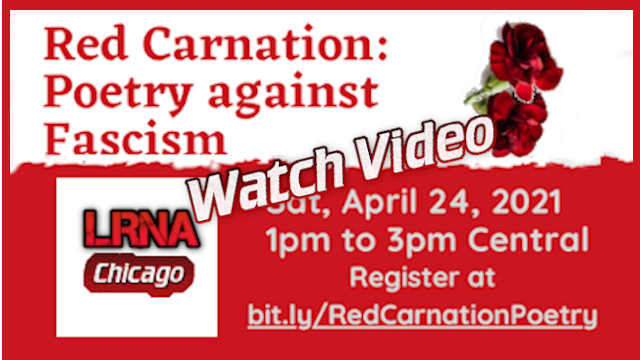
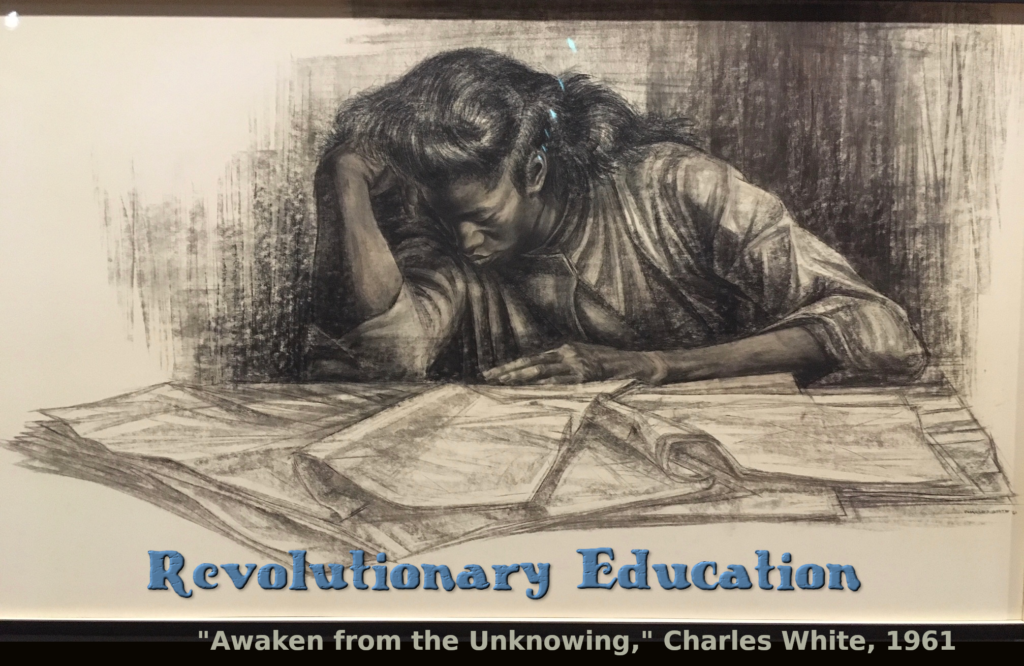


You’ve explained everything so clearly—great job!